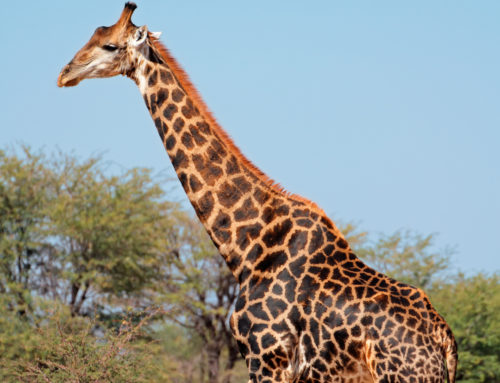Sniffing is synonymous to smelling. As we along with other animals sniff through our nose, there are other weird ways through which animals sniff. And, sniffing isn’t only about smelling normally, it is about doing at certain times which this post is going to tell about.
As nose is a sniffing organ for us, for snakes and lizards, their tongue acts as their nose. How strange it is that for them to smell, they have to flicker their tongues. But for a group of venomous snakes, they have extraordinary sense organs i.e. the pits on their face enabling them to detect heat of their warm-blooded prey. Pit vipers are those snakes that include species like pit vipers, rattlesnakes etc. Excellent organs for these serpents to give bull’s eye strike to their prey in the dark.
Almost the same like pit vipers, Creator has given cats whiskers as gifts. Apart from detection of faintest of smells, they also boast a surprising skill of sniffing out prey’s pulses in a narrow closed space. When these pulses get sniffed, it won’t be long for kitties to strike at it.
One would come across amazing close ups of animals with their lips curled back along with raised head. They would look funny, but in reality its not a laughing matter. Its a behavior of Flehmen response used for capturing scent particles for purposes like sniffing out fit females for reproduction etc. This behavior is popular among large number of mammals like predatory ones namely lions, tigers, etc. and non-predatory species like ungulates (horses, zebras, giraffes, rhinos etc.) and elephants. Thanks to their vomeronasal organs located at the roof of their mouths.
Has anybody thought of an animal which sniffs through its rear end. Turtles are such animals but it is only some species which boast this odd talent of back respiration. The Australian Fitzroy river turtle is one such species which gains around 72% of oxygen by this way.
So, this post has given info about other ways animals sniff their surroundings.










Get Social